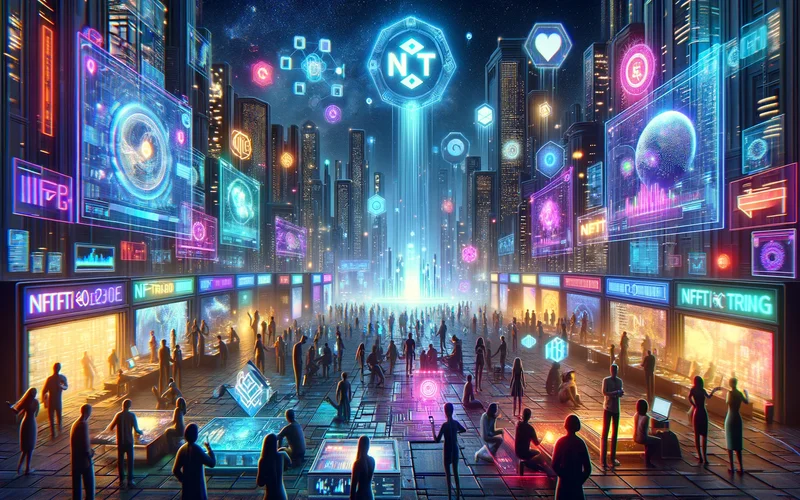NFT archaeology is a growing field in NFTs, that laid the foundation for today’s digital civilization. These collectibles represent the basics where modern NFTs stand. That is one of the reasons this research is incredibly significant.
NFT archaeologists are intent on uncovering old projects across Ethereum, Bitcoin, and Namecoin. While early mint dates are crucial, the innovation and advancement within each project are equally vital.
Recently, the hype surrounding CryptoSkulls, the second 10k PFP (profile-picture) project, has reignited interest in older NFTs. After reviewing hundreds of projects, we’ve compiled a list of the ten most historically significant ones:

- Linagee Name Registrar (August 8, 2015)
Discovered by NFT archaeologist Mason Keresty, this Ethereum smart contract resembled the Ethereum Name Service (ENS). It eliminated the need for long IP addresses or wallet addresses, laying the groundwork for widespread NFT use.
- Curiosity Card (May 9, 2017)
Curio Cards, predating CryptoPunks, were among the earliest pieces of crypto art on Ethereum. They paved the way for the collectible card initiative in the NFT space.
- MoonCats (August 9, 2017 – Ethereum)
Inspired by CryptoPunks, MoonCats innovated by assigning attributes on-chain, creating a unique cat with each transaction.
- Quantum (May 2014)
Recognized as the first non-fungible token, Quantum was created by digital artist Kevin McCoy on Namecoin in 2014. Forgotten for years, it resurfaced in 2021, sparking discussions about NFT authenticity and ownership.
- Digital Zones (August 29, 2017 – Ethereum)
Mitchell F. Chan’s conceptual art project connected the blockchain to an image. This demonstrated the power of smart contracts in the creation and ownership of art.
- Eggs (July 27, 2014 – Namecoin)
Eggs, the earliest PFPs, emerged on Namecoin; they showcased the potential for metadata attachment and the birth of collectible NFTs.
- SaruTobi (May 6, 2016 – Bitcoin)
Christian Moss’ game introduced play-to-earn mechanics. It integrates NFTs as in-game assets and pioneers interoperability between games.
- Pixel Map (November 17, 2016 – Ethereum)
Ken Erwin’s decentralized artwork showcased the potential of smart contracts to push the boundaries of NFTs. It offered a collaborative platform for creating NFT art.
- Genesis’ Spells (March 11, 2015 – Bitcoin)
Spells of Genesis marked a new era in gaming. It tokenized game assets and empowered players with ownership of their digital possessions.
- Cryptokittens (November 23, 2017 – Ethereum)
CryptoKitties became the first viral blockchain game. Kitties popularized NFTs and ERC721 standards, laying the groundwork for the NFT boom.
These avatars are now much more than mere digital assets. Widely recognized as valuable art pieces and collectibles, it makes them some of the most renowned NFTs globally.
Recently, a set of rare alien relics, totaling just nine in number, scored nearly $11 million at auction. This solidified their status as the most famous NFTs in history.
Disclaimer
FAQ
NFT archaeology explores the origins and historical significance of early NFT projects that paved the way for the current digital collectibles market.
Historical NFTs are crucial for understanding the evolution of digital ownership and the technological advancements that have influenced the modern NFT landscape.
Historical NFTs provide valuable insights into the creative and technical progress within the NFT space, influencing contemporary artists and developers.


